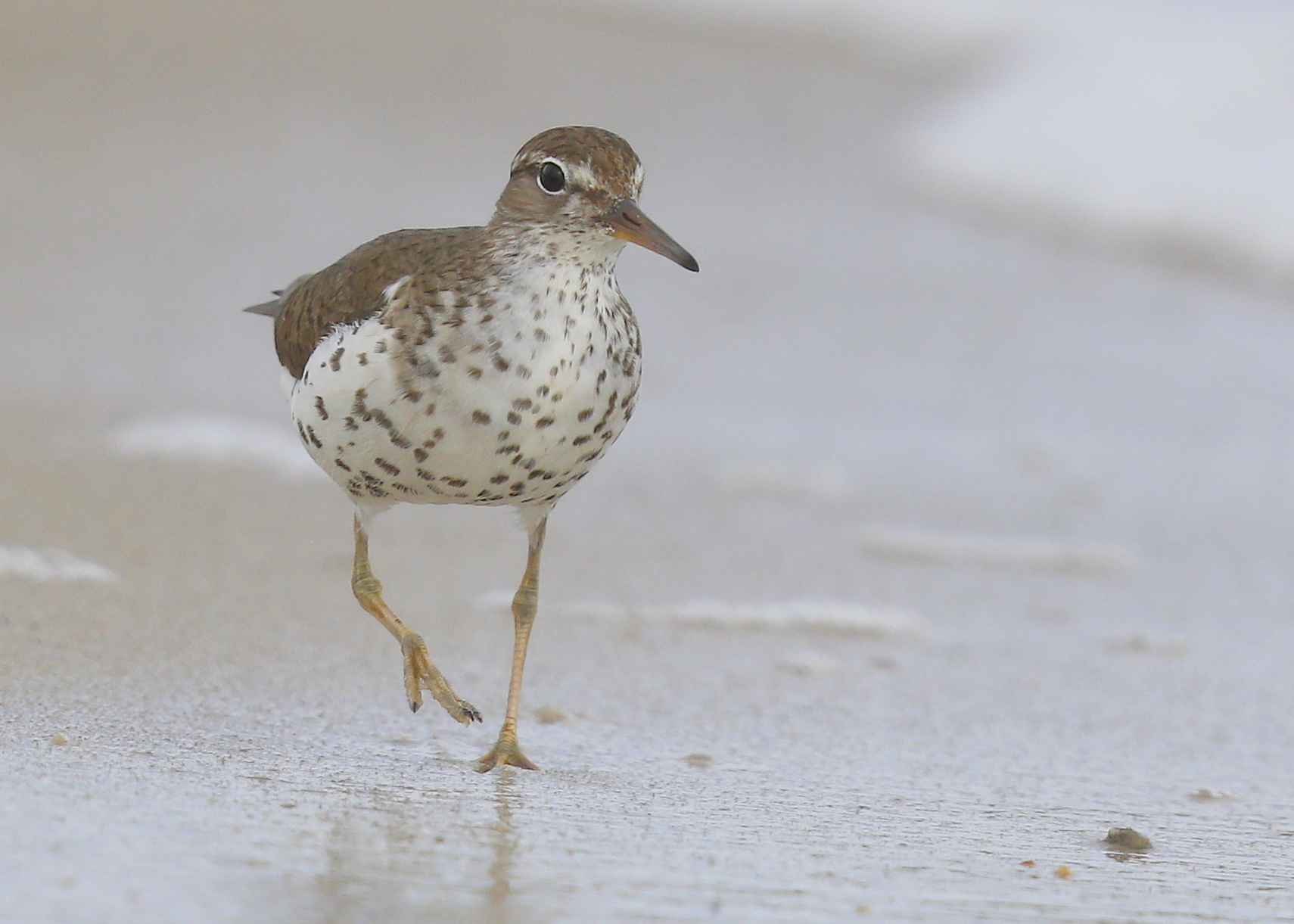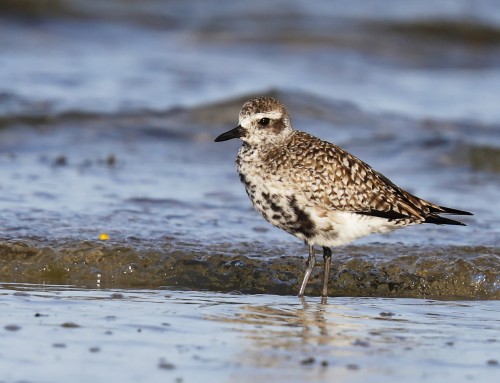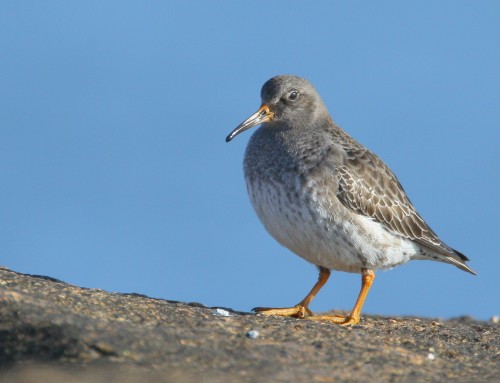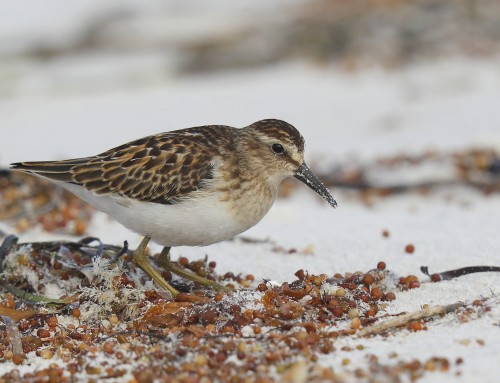Spotted Sandpipers are medium sized shorebirds that are known for their distinctive behavior and unique migration patterns. They breed all over New England with the males incubating eggs and caring for the young, while the females defend local territories. As breeding season ends, they undertake long migration journeys mostly along coastlines. This adult Sandpiper was recently seen foraging near the surf along Menauhunt Beach.
Migrating spotted sandpipers embark on journeys that can cover impressive distances, often spanning thousands of miles. These migrations are triggered by changes in environmental conditions, particularly related to food availability and breeding opportunities. The spotted sandpipers’ migration is primarily driven by the need to find suitable breeding grounds and feeding areas.
The migration process of the spotted sandpiper typically involves several key stages:
-
Breeding Season: Spotted sandpipers breed in a variety of habitats, including freshwater shores, mudflats, and even some upland areas. They are known for their unique breeding behavior where the roles of males and females are reversed compared to many other bird species. Female spotted sandpipers are more aggressive and territorial, while males take on the primary responsibility of incubating the eggs and caring for the young.
- Pre-migration Feeding: Before embarking on their migratory journey, spotted sandpipers engage in intensive feeding to build up their energy reserves. They feed on a diverse diet of insects, small aquatic organisms, and other invertebrates found in their breeding habitats.
-
Fall Migration: As summer ends and the breeding season concludes, spotted sandpipers begin their southward migration to warmer regions.
-
They often undertake these journeys individually or in small groups. Their migration routes can vary widely, but they generally follow coastlines, river valleys, and other suitable habitats where they can find food and rest.
-
Wintering Grounds: Spotted sandpipers migrate to wintering grounds in Central and South America. These regions provide them with more temperate climates and abundant food resources during the colder months. They can be found along coastal areas, estuaries, and freshwater habitats.
-
Spring Migration: When the winter months come to an end and the weather becomes more favorable, spotted sandpipers initiate their northward migration back to their breeding grounds. The journey north can be just as challenging as the southward migration, and the birds must navigate various obstacles, including adverse weather conditions and potential predation
-
Breeding Ground Return: Upon reaching their breeding grounds, spotted sandpipers engage in courtship displays and territorial behaviors as they prepare for another breeding season. The roles of the males and females may once again switch, depending on the dynamics of the local population.
Throughout this migration cycle, spotted sandpipers demonstrate incredible navigational abilities, relying on a combination of innate instincts and environmental cues, such as the position of the sun, Earth’s magnetic field, and visual landmarks. Studying their migration patterns provides valuable insights into the interplay between ecological factors and the behaviors of migratory birds.






Leave A Comment
You must be logged in to post a comment.